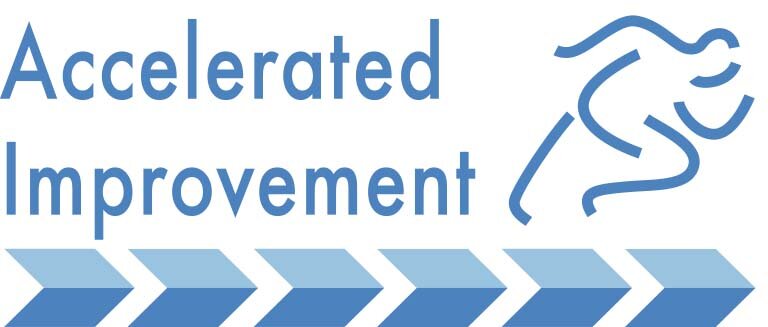Doing what negotiations had failed to do.
(Aerospace)
How to build a Jumbo Jet engine
Background to case study:
Need to significantly increase output due to recovery after 9/11 and the introduction of the new Trent 900 (A380) engine
As Engine Test is the last part of the process before reaching the customer, “getting it wrong would have been catastrophic for the performance of whole organisation
”Traditional forms of trying to achieve the flexibility and attitude necessary to provide reliable delivery to the customer had been frustrated by mutual antagonism between 2 groups of employees and by the veto power embedded in the IR arrangements and agreements
High levels of cynicism that “management” had the genuine will and the capacity to change the situation
Many previous “initiatives” had failed leading to little hope, at all levels including front-line leadership, that anything could be done
Highly intelligent and powerful trade union representatives
170 employees
Results:
Prevented the need to build new Test Beds (£30-50m)
Established “win-win”, mutually-respectful relationships that aided organisation-wide IR negotiations on flexibility and related issues
Created company-wide best practice for engaging all end users systematically when introducing new investment
The engagement process has since been deployed in 2 other parts of the organisation.
The Behavioural Standards* key to establishing a “new and agreed” culture were established and contributed to the increase in trust, openness and accountability necessary to achieve the improved output and relationships
Diagnostic conclusions:
Necessary to engage employees at the self-image and values and beliefs levels
Robust clarity and senior leadership strength re “what “was up for grabs” was crucial
Process:
Executive level team workshop agreed that the specific radical engagement process was appropriate and that local leadership had the capability to manage the attitudinal and behavioural changes…and sustain them
Local senior team workshop to test the diagnosis of their bosses and to decide if they were willing to expose themselves to the rigour of the process (involved, inter alia, publicly accepting responsibility for past approaches and willingness to receive feedback publicly in workshops without responding defensively)
Local senior team also decided issues such as what employees were being engaged about, what was “up for grabs..and what wasn’t” and the logistics of how to engage all employees within as short a period as possible at minimum disruption to the business
ALL employees attended short workshops where they identified the top obstacles to achieving the purpose of the engagement, identified the behavioural data necessary for employees and managers to agree the leadership and wider Behavioural Standards* that will form a key part of the new culture and elected their own employee reps to address all these issues
The senior team and the reps elected by employees met and agreed (by consensus**) the Change Plan including the process for agreeing the Behavioural Standards*
Notes:
*Behavioural Standards are ways of codifying behaviours that are designed to avoid the weaknesses of using Values (too much scope for interpretation and “political” behaviour) and Rules (too restrictive) as the method of ensuring accountability. The effect is to hold leaders (and others) accountable and do so in a “light touch but tough” way-much more effective than approaches such as Political Correctness!!
** Consensus is widely misunderstood and often confused with “compromise”. The method used here:
ensures that all people who make the decision have publicly committed that this is the best outcome available having exhausted all possibilities
drives innovative problem-solving

